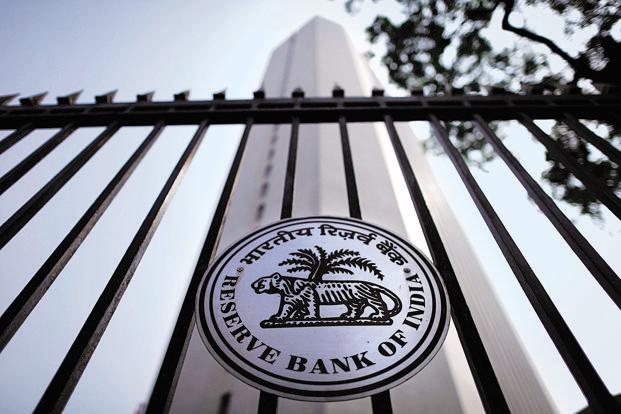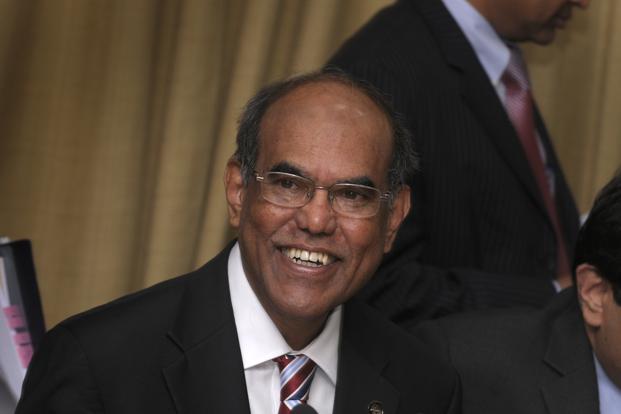Within an hour of Reserve Bank of India (RBI) governor Raghuram Rajan announcing a 50 basis point (bps) policy rate cut, finance minister Arun Jaitley called a press conference in Delhi’s North Block, which houses the ministry, and read out a prepared statement saying the rate cut would provide support to the real economy and help in recovery process in Asia’s third largest economy. One basis point is one-hundredth of a percentage point.
On being asked whether the central bank has cut the rate at the finance ministry’s insistence, Jaitley’s cryptic answer was, “It’s up to you to speculate.” Little more than a week ago, talking to international investors in Singapore and Hong Kong, Jaitley had made a strong pitch for a rate cut in India to stimulate growth but refrained from influencing the central bank, which he said is an autonomous body and takes its own call.
The last time the Indian central bank had gone for a 50 bps rate cut was in April 2012 when D. Subbarao was governor. That was the first rate cut in three years. After increasing rates 13 times since March 2010, Subbarao cut the repo rate by 50 bps to 8%, marking a shift in the central bank’s policy from exclusively focusing on curbing inflation to stimulating growth and boosting investment.
While doing so, Subbarao made it clear that the space for further rate cuts was limited and India had to wait for nine months for the next rate cut that happened on 29 January 2013 when the policy rate was pared from 8% to 7.75%. In contrast, Rajan sounded more dovish on Tuesday. Even after cutting the policy rate by 125 bps since January to 6.75%—a level last seen in March 2011—Rajan has said the policy stance of the central bank will continue to be accommodative. One cannot entirely rule out another rate cut before the fiscal year ends in March, if there is no change in the inflation trajectory.
Most analysts expected Rajan to cut the policy rate by 25 bps; a few even expected him not to do anything as the sharp drop in retail inflation in July and August to sub-4% is largely on account of a favourable base effect and it will rise in coming months; and virtually none had predicted a 50 bps cut in the policy rate. What prompted Rajan to go for a deep rate cut? Simply put, he is reasonably confident about achieving the inflation targets but worried about growth. In other words, he does not see much of an upside risk to inflation, but the downside risks to growth have increased. This has led to a shift in the policy stance from slaying inflation to boosting growth, even though the policy document does not explicitly say so.
The so-called BRICS nations, once touted to be the building blocks of global growth, are not in the best of health now. While Brazil and Russia are in grip of recession and high inflation, China is slowing down and the South African economy is shrinking. India’s economy grew at 7% in the first quarter of 2015-16 and RBI has pared the projected growth for the year from 7.6% to 7.4%.
In the August bi-monthly policy statement, RBI had indicated that further monetary policy easing would be conditioned by the inflation trajectory, the progress of monsoon, possible US Federal Reserve actions and greater transmission of its past rate cuts. Since then, retail inflation has dropped to a nine-month low; despite a deficient monsoon, food inflation has been contained by better supply management of the government and the so-called core inflation, or inflation excluding food and fuel, has also come off its recent peak in June. The Fed has postponed its rate hike and the banks in India have passed on little more than one-third of the policy rate cut to their borrowers even as yields on commercial papers and corporate bonds have come down to reflect the rate cuts.
RBI seems to be confident about achieving 5.8% retail inflation by January, lower than its target of 6%, by better management of food prices by the government and a drop in international commodity prices. The goalpost now shifts to 5% retail inflation in March 2017 and even that may not be a difficult task as global commodity prices are expected to remain week. Indeed, the imminent hike in wages of central government employees will fuel domestic demand and create inflationary pressure but RBI has drawn comfort from the government’s assurance that it will respect its fiscal targets and improve the quality of its spending.
“Under these circumstances,” the policy document says, “monetary policy has to be accommodative to the extent possible, given its inflation goals, while recognizing that continuing policy implementation, structural reforms and corporate actions leading to higher productivity will be the primary impetus for sustainable growth.” It also says that “investment is likely to respond more strongly if there is more certainty about the extent of monetary stimulus in the pipeline, even if transmission is slow.”
Stocks rose, sovereign bond yields dropped and many banks announced loan rate cuts after the RBI policy announcement. They will be able to cut loan rates aggressively if they can bring down the deposit rates faster and that will be possible if the government cuts the small savings rates. Since banks in India compete with small savings schemes of the government, they cannot drastically cut their deposit rates unless the small savings rates drop.



